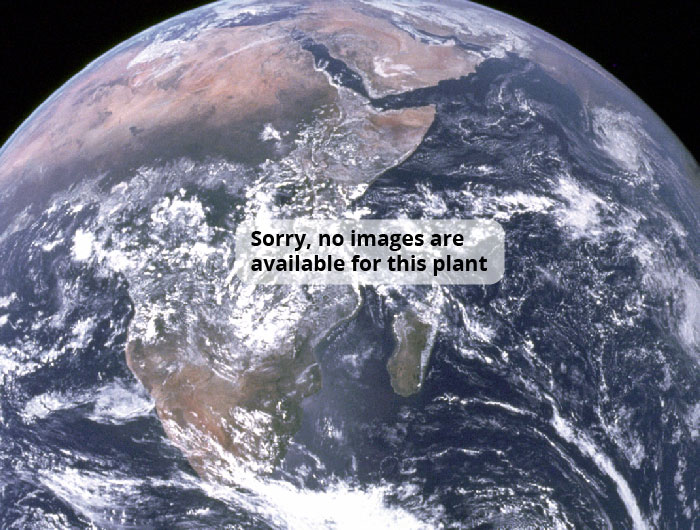Beautiful Hypolytrum
(Hypolytrum pulchrum)
Beautiful Hypolytrum (Hypolytrum pulchrum)
/
/

Image By:
Recorded By:
Copyright:
Copyright Notice:
Estimated Native Range
Summary
Hypolytrum pulchrum, commonly known as the Beautiful Hypolytrum, is a perennial grass that can be deciduous or semi-deciduous depending on the climate. It is native to tropical savannas, wetlands, and marshy areas in Northern South America and the Guianas. This grass typically grows to a height of 1-2 feet (0.3-0.6 meters) and spreads out to 3-5 feet (0.9-1.5 meters), forming dense clumps with a fountain-like appearance. The narrow, lance-shaped leaves and the delicate, feathery flower spikes add a fine texture to garden compositions. Flowering occurs in the warmer months, and while the flowers are not particularly showy, they do add a subtle charm to the plant’s overall aesthetic.
The Beautiful Hypolytrum is valued for its ability to thrive in wet conditions, making it an excellent choice for rain gardens, water features, and areas with poor drainage. It is also used for erosion control and as a ground cover in large areas. Gardeners appreciate its low maintenance requirements and its adaptability to both full sun and part shade. It prefers consistent moisture but can tolerate periods of dryness once established. While generally pest-free, it can be susceptible to rust in humid conditions.CC BY-SA 4.0
The Beautiful Hypolytrum is valued for its ability to thrive in wet conditions, making it an excellent choice for rain gardens, water features, and areas with poor drainage. It is also used for erosion control and as a ground cover in large areas. Gardeners appreciate its low maintenance requirements and its adaptability to both full sun and part shade. It prefers consistent moisture but can tolerate periods of dryness once established. While generally pest-free, it can be susceptible to rust in humid conditions.CC BY-SA 4.0
Plant Description
- Plant Type: Grass
- Height: 1-2 feet
- Width: 3-5 feet
- Growth Rate: Moderate
- Flower Color: N/A
- Flowering Season: Summer
- Leaf Retention: Deciduous, Semi-Deciduous
Growth Requirements
- Sun: Full Sun, Part Shade
- Water: Medium
- Drainage: Slow, Medium
Common Uses
Erosion Control, Low Maintenance, Water Garden
Natural Habitat
Tropical savannas, wetlands, and marshy areas in Northern South America and the Guianas
Other Names
Common Names:
Scientific Names: , Hypolytrum pulchrum, Hypolytrum pungens, Hypaelyptum pungens, Hypolytrum glomeratum, Hypolytrum umbellatum, Mapania pulchra, Scirpus pulcher,
GBIF Accepted Name: Hypolytrum pulchrum (Rudge) H.Pfeiff.